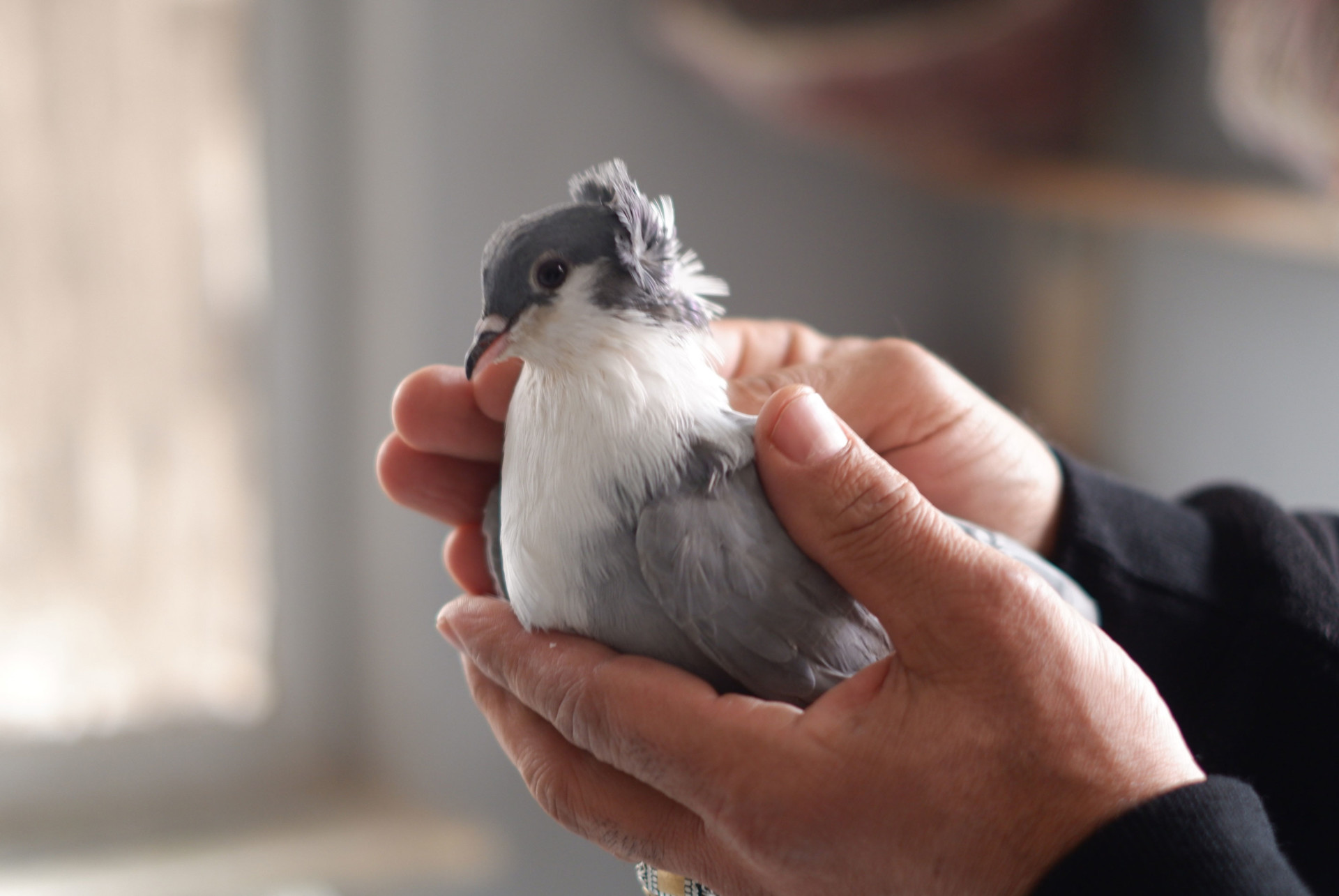While taking a stroll down Fatih Avenue in Diyarbakır in southeast Turkey, one hears a multitude of chirps, coos, tweets and squawks of pigeons, doves, roosters, parakeets and other birds emanating from a number of storefronts and apartments. Informally known as Kuşbazlar Sokak (Bird Lovers’ Street), this area has become known as a hub for aficionados, trainers and dealers of different types of birds.
Aviculture is so popular in the city that Bird Lovers’ Street even has its own multistory hotel. Most of its guests are pigeons.
Brothers Mehmet and Mahmut Yaman opened the Yaman Bird Hotel in 2019 to meet the demand of local aviculturists. “My brother and I made the decision to open up this kind of place, for those living in apartments or gated communities and who don’t have a place [to keep their birds] or whose wives are bothered by them,” Mahmut said.
Hailing from Diyarbakır, the country’s Kurdish cultural capital and with a regional population of nearly 2 million, the brothers inherited their passion for birds from their father, also a keen enthusiast.
“In Diyarbakır bird-raising culture, it is mandatory that one loves birds. One who does not love birds or animals cannot be of service to them. We love birds, and we love them a lot,” Mahmut said.
Diyarbakır is among the cities of Anatolia with a rich culture of raising pigeons. Others include Urfa, believed to be the birthplace of the prophet Abraham, and Adana, a large city in the heart of the fertile Çukurova region in Turkey’s south, which also holds the undisputed title of the country’s kebab capital.
According to one local source, homing pigeons played a pivotal role in the history of the city: Legend has it that during a monthslong siege of Diyarbakır’s fortress by the Persians, a homing pigeon brought news to the beleaguered defenders of the city, who were on the verge of surrender, that an Ottoman army was coming to their aid, news that inspired the people to keep resisting, ultimately resulting in Diyarbakır joining the Ottoman Empire on Sept. 10, 1515.
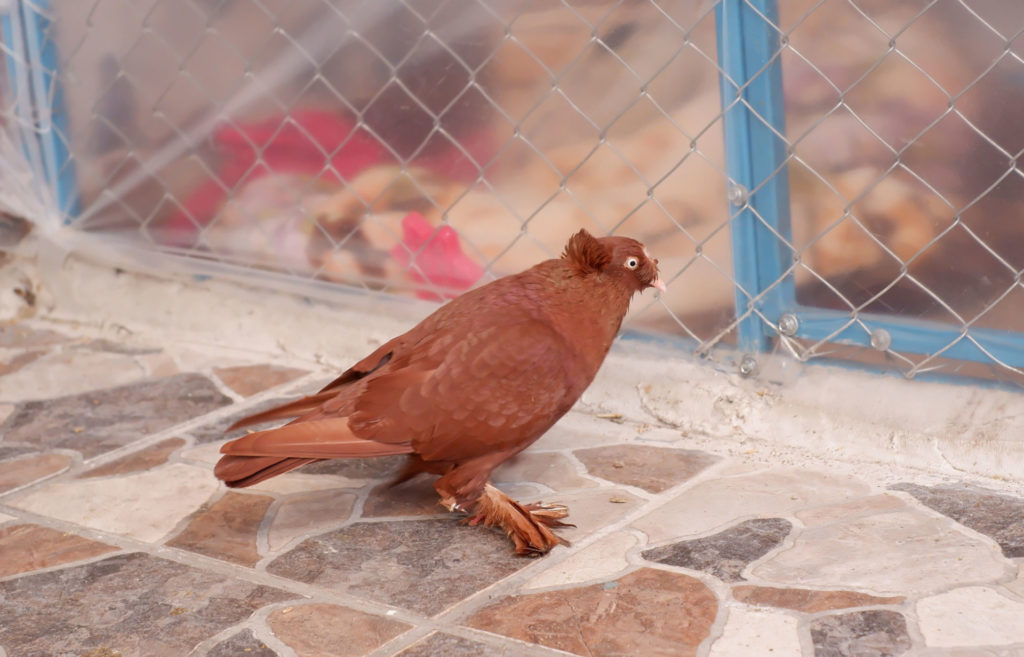
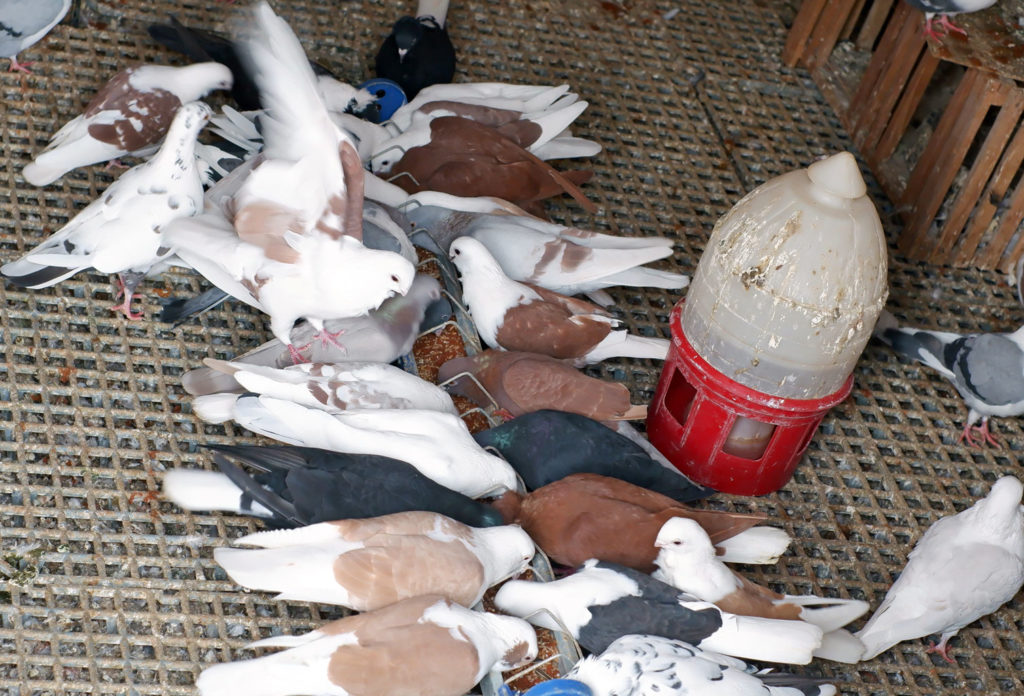
“Afterward, it became a tradition in Diyarbakır to hold liberation festivities every year on Sept. 10. The most important features of these festivities were the organization of pigeon races, the winners of which were awarded with gold,” Hasan Hüseyin Tuğcu wrote in a 2010 article featured in a symposium on agriculture, nature and the environment in Diyarbakır. According to Tuğcu, the president of a local homing pigeon association, this tradition continued for centuries until it was abandoned during the tumultuous years of World War I, though it played an instrumental role in establishing the prominent birding culture that lives on in the city to this day.
“What you can still see in cities in Turkey — more evident as you go east and south, but you can even find it in Istanbul — are the signs of a hobby and an occupation that was once much more widespread throughout the world, in particular the Muslim world, from the Mediterranean all the way to the Far East — pigeon rearing for flying or racing. It is indeed very interesting to see many dovecotes in houses and courtyards and pigeons flying above houses in cities in southeast Turkey, and the importance that people put into them,” said Turkey-based ornithologist Jose Tavares.
The Yaman brothers have transformed their city’s hobby into a business and have amassed quite a flock. “We provide everything here,” Mahmut says. The brothers and their staff clean the rooms and cages, feed the birds (when they aren’t being fed by their loyal owners, some of whom come every day) and take them to the veterinarian when they fall ill. The four-story hotel has a terrace and 50 individual sections that house more than 1,000 birds.
But it’s a labor of love. Rising maintenance costs brought on by soaring inflation in Turkey have dealt a harsh blow to small-business owners. Mehmet said that they are having trouble turning a profit despite the fact that demand is high and they have plenty of customers.
Fatih Avenue is located in the heart of the district of Bağlar, the most densely populated in Diyarbakır. Many residential streets in the area are so narrow that cars cannot pass through. Scooters and small, three-wheeled vehicles with truck beds for transporting market goods whiz by instead as groups of children play soccer in the tight alleyways and vendors grill skewers of kebab from small carts on the sidewalk.
Much of the area is lower income and working class, and there is a heavy police presence. Nearby, an armored vehicle is parked near an entrance to the street, and an officer brandishing a semiautomatic rifle stands alongside it. Diyarbakır’s train station and the tracks extending from it form a sharp line of demarcation. To the east is the middle-class district of Ofis, where there are government buildings, parks, restaurants and bars. Immediately on the west side of the tracks lies the crowded residential section of Bağlar.
In the local elections of 2019, 71% of Bağlar residents voted for the pro-Kurdish People’s Democratic Party (HDP). However, the certificate of election was not granted to the winner Zeyyat Ceylan on the grounds that he was previously dismissed from his post as a schoolteacher. Ceylan was one of more than 130,000 state employees removed from their jobs by government decree in the aftermath of the failed coup attempt in July 2016. The mandate to govern the district was instead granted to the candidate from the ruling Justice and Development Party (AKP), who received just 26% of the vote.
The city continues to feel the effects of the armed conflict in 2016 that broke out following the collapse of the peace process between the Turkish government and the outlawed militant Kurdistan Workers’ Party (PKK). Battles between the security forces and PKK fighters led to the destruction of a large section of the Sur neighborhood, the maze-like historic center of the city that lies within a vast circular stretch of dark gray basalt defensive walls that date back to the Roman Empire. Amid the greater devastation and trauma experienced within the city, it was also a disaster for Diyarbakır’s aviculture, of which Sur was the center.
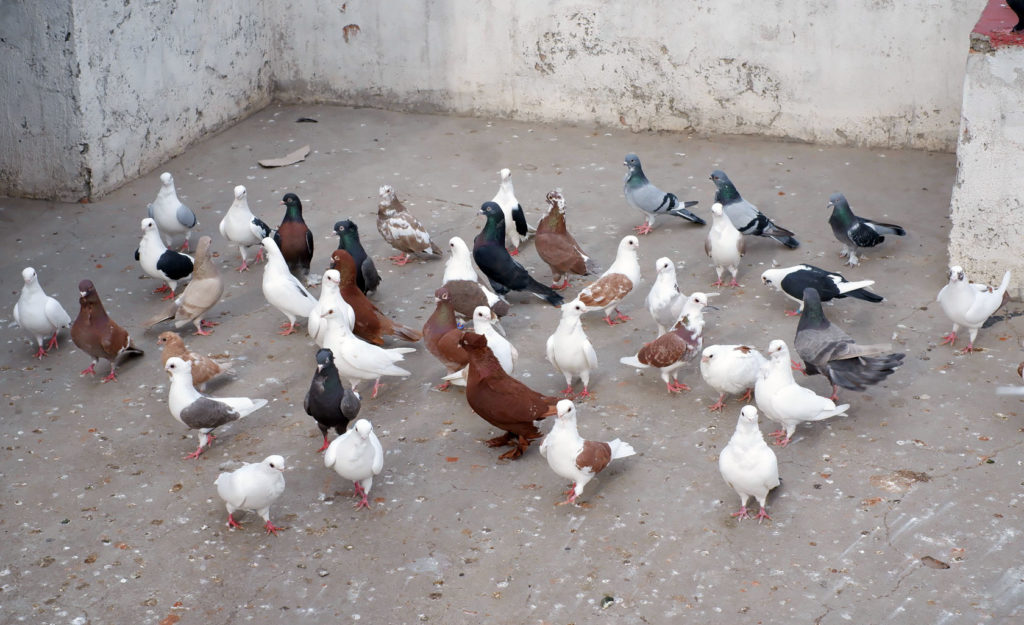
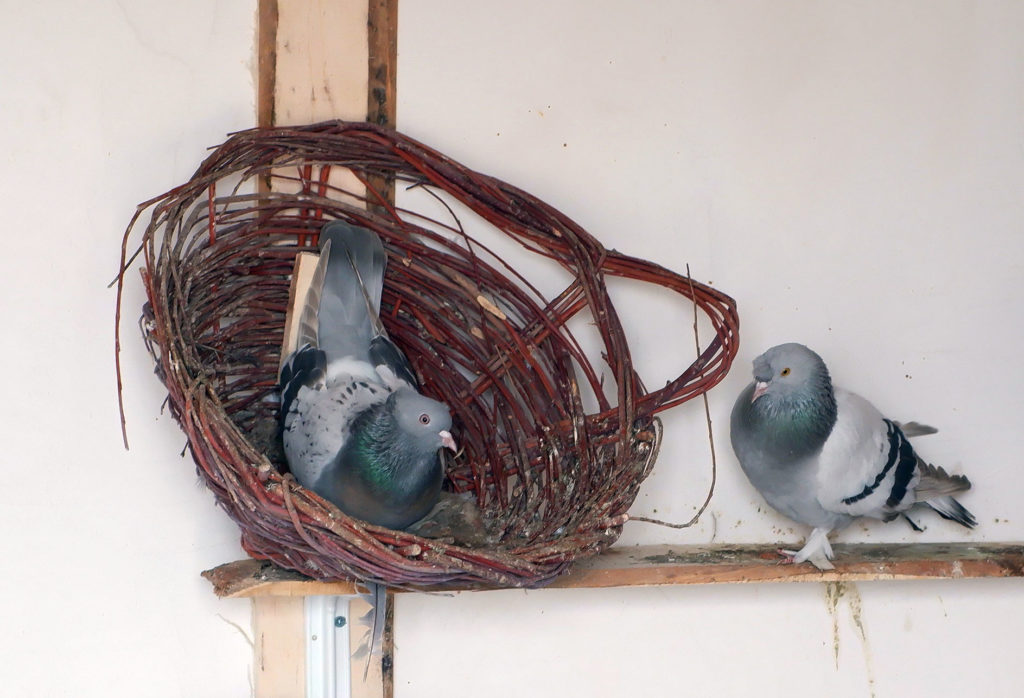
As one bird enthusiast told the newspaper Evrensel in July 2016: “Wherever you look in Sur, there are birds in every other house. One in every three people in Sur would buy birds from us. But now the guy’s house has been demolished, he’s left Sur and is in a miserable state. He’s interested in doves but doesn’t have a place to feed them. Those who migrated from Sur brought their doves to us and sold them because they needed to,” said the man, whose shop is located on Fatih Avenue, now the hub for aviculture in the city. The Yaman Bird Hotel is not even the only one of its kind on the street.
“Modern housing, with the big apartment blocks, is less adapted to keeping pigeons or to provide the space for this hobby as the old houses in the town, with its terraces, yards and balconies,” said Tavares.
“Pigeon-rearing can indeed provide an outlet for the urban citizen to try to connect, in some way, to living things and nature,” Tavares added. “Turkey is mostly an urban country now, and people are increasingly removed from natural assets, living things and nature. So rearing some pigeons can indeed provide that essential connection — humans to other living things — in a relatively easy way.”
Diyarbakır is said to have more than 20 subspecies of pigeons, and the variety of shapes, colors and features of the birds staying at the hotel is astonishing. Some are slender and slight, others burly like street pigeons, white as snow with fluffy feathers, others brown and gray with streaks of sparkly green. The fanciest of the lot have fleecy, hood-like adornments and plume-covered feet, as if they were dressed to the nines.
Customers pay around $30 monthly to have their pigeons stay at the hotel. Amid the types and subspecies, Mahmut said there are rare birds worth as much as $3,600. But he was unwilling to go into further detail about the value of his winged residents: “If I say the prices, it would be dangerous for us.” He also points out that the hotel is equipped with cameras and razor wire.
Customers include civil servants, doctors, retired police and architects. Mehmet takes me up to the terrace where two middle-aged men, coincidentally both also named Mehmet, are spending quality time with their birds, generously tossing handful after handful of seeds. One of them says he comes every day and doesn’t know exactly how many birds he has, estimating the flock to be around 50. From his gleaming smile it is clear how much he enjoys spending time with the pigeons.
The Yaman brothers also train homing pigeons and participate in springtime competitions in which the birds are dropped off at far-flung locations and expected to make it back home.
“We leave them in Istanbul and within three days they return to their home in Diyarbakır,” Mahmut said. The distance between the two cities, located in opposite corners of Turkey, spans nearly 900 miles.
After spending time with hundreds of pigeons and some of their doting owners, the thought of buying a few of my own and renting them a comfy spot at the Yaman Bird Hotel suddenly becomes appealing.
“Come here for 10 days in a row, get hooked and you won’t leave. You won’t go to the coffeehouse to relieve stress; you’ll come here,” Mahmut said.



